6 rare PHL wildlife sightings on ‘Born To Be Wild’ in 2019
GMA's environmental and travel documentary show "Born to Be Wild" never fails to inform and entertain wildlife enthusiasts with exclusive, rare wildlife sightings in the country.
This year, the crew was able to document six often-elusive creatures thriving in their natural habitat. Here's the round-up:
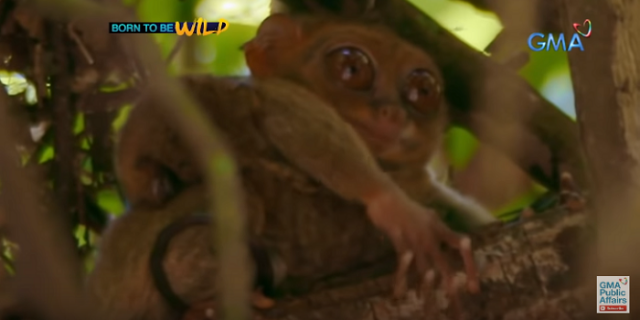
1. A mother tarsier cradling its baby
High up in the trees of Anda, Bohol, a protective mother tarsier holds its baby in its arms. In the footage, the Born to be Wild crew was able to take a video of mother and child pair quietly hugging each other, without disturbing the peace.
In another scene, the tarsier's agile nature is highlighted as it is seen leaping from one branch to another.
Characterized by its large eyes, small muscular body, long hind limbs and nocturnal nature, the tarsier is endemic to Southeast Asia.
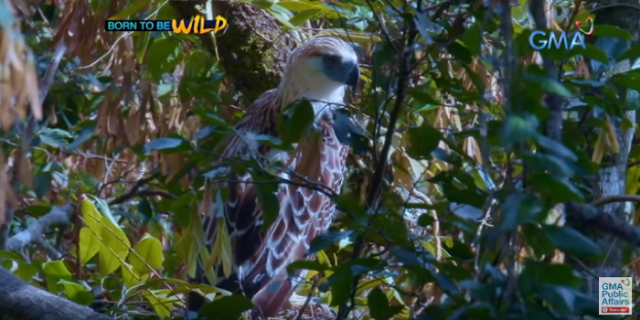
2. The majestic Philippine eagle
Known as the national bird, the Philippine eagle is one of the rarest eagles in the world. Endemic to the Philippines, the eagle is classified as Critically Endangered by the International Union for Conservation of Nature (IUCN).
Upon seeing a Philippine eagle stretch its wings in Arakan, North Cotabato, co-host Dr. Nielsen Donato expressed awe and wonder. He described the rare bird of prey as majestic, gorgeous, and one with huge feathers.
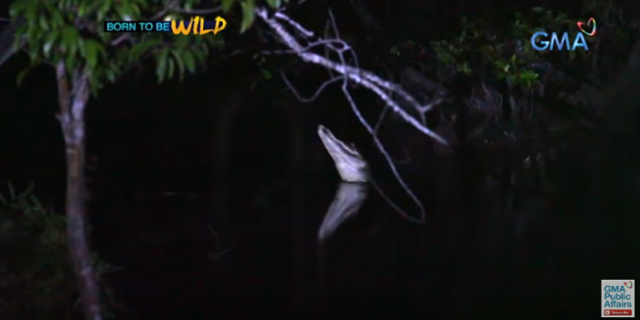
3. An adult crocodile in its natural habitat
The residents of Balabac, Palawan have experienced the horrors of adult crocodiles who have attacked humans. But the Born to be Wild crew mustered enough courage to visit the area and waited until late night to witness one of Palawan's infamous giant crocodiles.
The crew's efforts were rewarded as they documented an adult crocodile chomping on something above water in its natural, swampy habitat.
According to the crew's expert Rainier, it was very rare to get a video of the event.
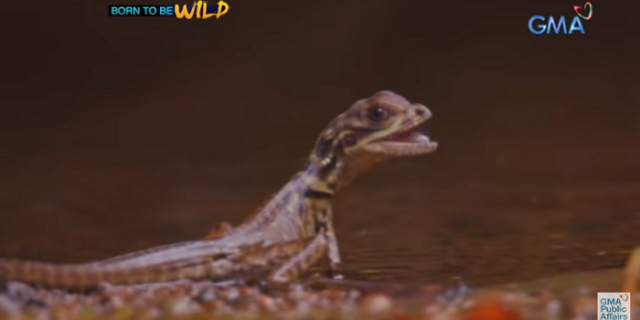
4. A group of baby monitor lizards
Co-host Ferds Recio visited Sohoton River in Basey, Samar to catch a glimpse of the cautious baby monitor lizards, or baby "ibig."
Instead of seeing just one, Recio saw several of the little creature, who were about a few months old. He described them to be very "cautious" as they liked to hide under rocks when they felt any sudden movements.
In seconds, they would lash out their tongues to eat small insects.
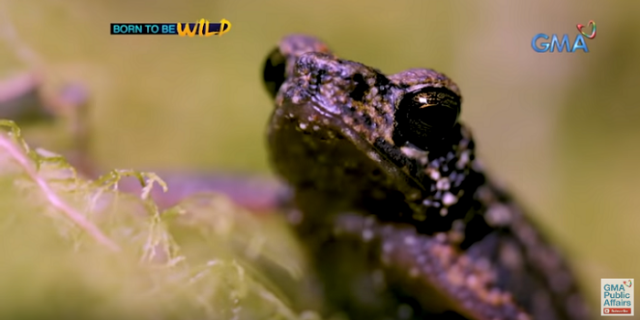
5. A poison frog
In a stream on Mt. Carmel in Davao del Sur, the Born to be Wild crew saw a frog with poison glands.
Nielson observed that the frog would strike on its a small insect—its prey—with its sticky tongue. In the footage, the lucky insect was able to escape, but others might have not been so lucky.

6. A flying lemur
Better known as "kagwang" in the native tongue, the normally nocturnal flying lemurs in Bilar, Bohol, are surprisingly active when the sun is out.
Recio suggested that this new information can be added to existing literature.
In broad daylight, a flying lemur smoothly glided from one tree branch to another. What was really special about this lemur is that she was carrying her baby as she made her way around the forest. — Angelica Y. Yang/BM, GMA News



